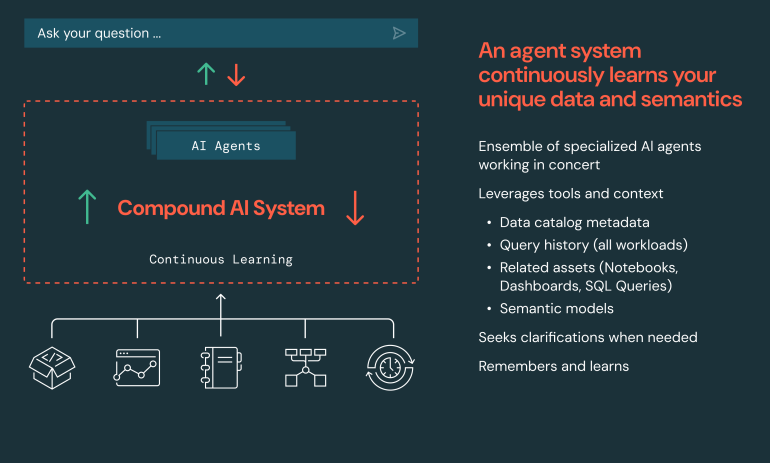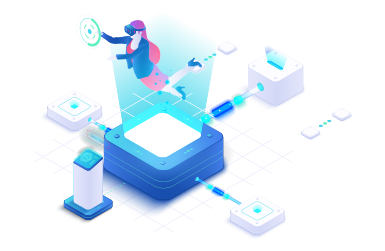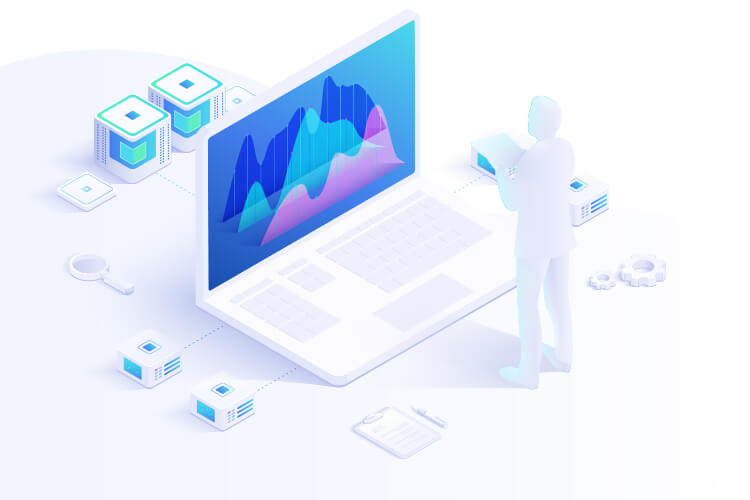Democratizing business intelligence (BI) empowers organizations by enabling faster, more informed decision-making. It’s been the goal for most of the organization to bring data closer to the business so that business users can ask their data questions in a natural way, essentially having a conversation with the data through a prompt-like interface that many are now using or experimenting with.
For democratization, organizations want to use generative AI to analyse traditional company data, including the structured data stored in various platforms across the enterprise that until now has been the domain of BI, but simply bolting on GenAI to existing BI tools fails to address an organization’s business context.
The three challenges of traditional BI
- THE RIGIDITY PROBLEM, the dashboard can’t adapt to this natural flow of questions. Users get stuck, forced to request new reports or export data to Excel.
- THE EXPERT BOTTLENECK, any changes to the questions, has to go through analysts and data experts
- DASHBOARD OVERLOAD, too many dashboards for each problem statement and departments
Why? Because traditional BI works from a fixed set of assumptions:
- We know which questions users will ask
- We can build dashboards for every scenario
- Users understand how their data is structured
Real business questions don’t work that way. They’re messy and evolving and often need context from multiple sources.
In other words, the generative AI foundation model does not understand the meaning and context of the company’s data and how that particular business operates. The organization may think to provide that data in context through a RAG system.
The core limitations of bolt-on GenAI systems
- DATA CONFUSION, the understanding of analysts, data scientists and sales ops use to reconcile missing columns in data is missing in bolt-on AI systems.
- MISSING BUSINESS CONTEXT, lacking this core context, the AI returns incomplete or misleading answers instead of reflecting your true answers
- STATIC UNDERSTANDING, many bolt-on AI solutions rely on fixed semantic models, which can only answer questions that were anticipated and “pre-modeled” in advance
To overcome these challenges, data intelligence is the need.
When we talk about data intelligence in BI, we’re describing AI that’s learned the details of an organization’s data — from how it’s structured to what different terms mean in specific business contexts. This is very different from general AI models, which have broad knowledge but don’t understand a company’s particular way of defining and measuring things
For example, if you ask a general AI system about “customer churn,” it might return a textbook definition. But data intelligence knows exactly how your company calculates churn, including specific time frames, customer segments and revenue thresholds that matter to your business
Data intelligence becomes useful through three main approaches: comprehensive knowledge, standardized instructions and continuous learning.
HOW DATA INTELLIGENCE LEARNS AND DELIVERS VALUE Data intelligence operates effectively by mastering three key pillars of knowledge:
- Learning data: It examines data structures, usage, relationships and lineage to understand how information flows through a system.
- Learning from expert instructions: It applies business-approved definitions — your “gold standard” rules — to ensure that every calculation aligns with company-specific standards.
- Learning from real-time feedback: It refines its approach based on user input. If someone clarifies how a metric should be calculated, data intelligence updates its logic — making future analyses more accurate
How the data intelligence collaboratively integrates with Agentic AI into the BI ecosystem?
Each agent contributed its expertise — writing a SQL query, applying domain rules, validating against norms and explaining its results in business language — and was part of a coordinated system response.

In a single-model world, this question might be too broad. With compound AI, the system springs into action:
- Question interpreter agent: Breaks the question into parts such as “recent pricing changes,” “customer retention,” “segments” and “estimated revenue impact.” It also clarifies ambiguous terms by asking: “When we say ‘recent,’ do we mean the last fiscal quarter? And which segments are we focusing on — enterprise, mid-market or SMB?”
- Data retriever agent: Runs a series of SQL queries to pull relevant data. One for historical pricing data, another for retention rates and another for segment definitions. It might use a predefined SQL function to return the results for one of these queries.
- Analysis agent: Applies correlation and regression techniques, potentially calling an AI prediction model to forecast how changes in retention patterns will influence next quarter’s revenue. This could involve a fine-tuned model trained on historical pricing and retention data, now integrated as just another tool in the agent’s toolkit.
- Result validator agent: Checks whether the model’s forecasts align with known seasonal trends and previously observed patterns. If something doesn’t match business expectations, it might ask the data retriever agent for a deeper historical view or consult documentation on price changes to ensure the reasoning is sound.
- Visualization expert agent: Summarizes the findings. Perhaps it generates a chart showing how price changes correlate with retention dips in the SMB segment while enterprise accounts remain stable. It then translates the statistical findings into a straightforward narrative for the business analyst.
The evolution of self-service analytics using Agentic AI marks a fundamental change in how businesses interact with data:
- From static dashboards to dynamic conversations: Instead of staring at a fixed report, users have fluid discussions with the system.
- From technical queries to natural language: Forget about being a SQL expert. Just ask questions in plain language.
- From guesswork to guidance: The system can prompt follow-up questions or offer suggestions, helping users refine their analysis. These shifts mark a new era of analytics adapting to how business leaders think, rather than forcing leaders to think like analysts
With these offerings from databricks, these elements create an environment where insights flow naturally, decision-makers gain confidence in their data, and teams collaborate more effectively. In short, AI/BI represents a practical, forward looking path to making data-driven decision.
NOTE: This document is summary of a book from databricks, “BUSINESS INTELLIGENCE MEETS AI”
































We will verify and publish your comment soon.